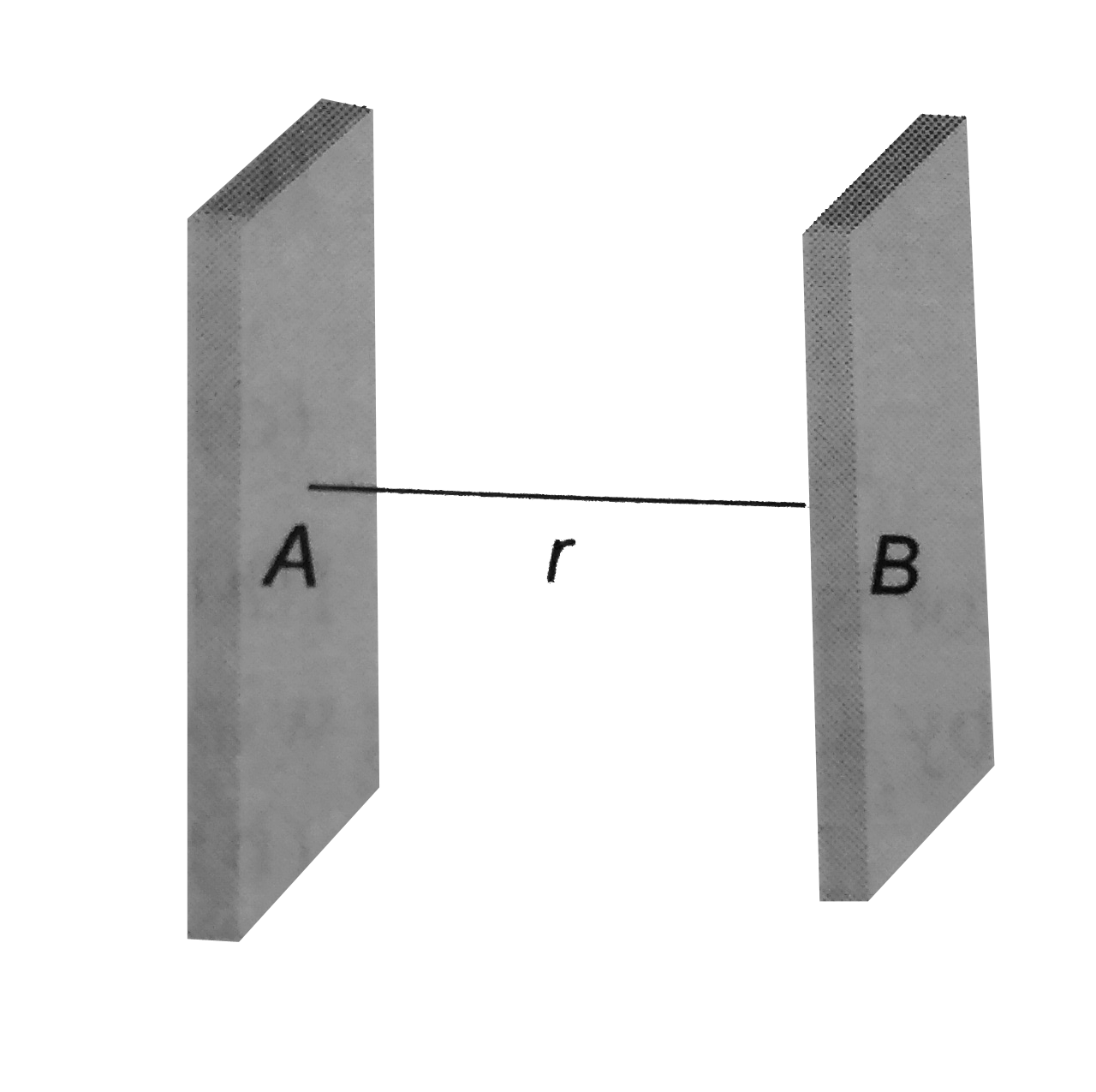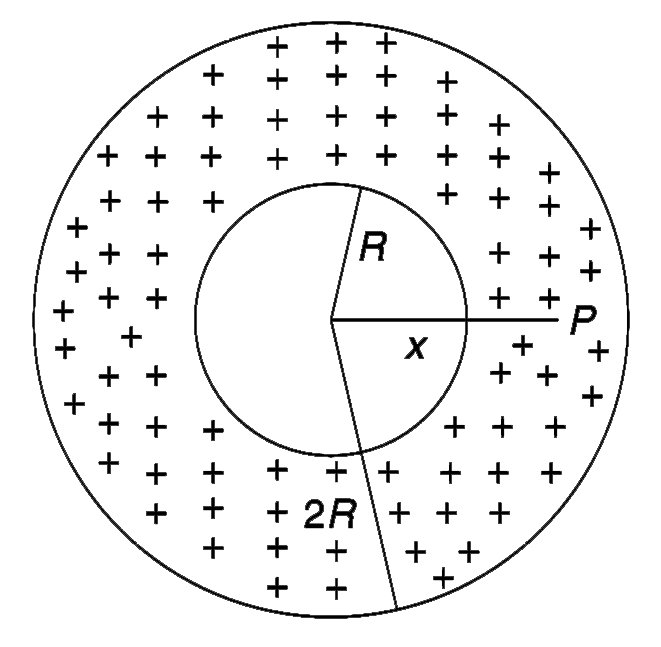Equipotentials at a great distance from a collection of charges whose total sum is not zero are approximately
spheres
planes
paraboloids
ellipsoids
The correct Answer is:A
For equipotential surface, these surfaces are perpendicular to the field lines. So there must be electric field, which cannot be without charge.
So the algebraic sum of all charges must not be zero. Equipotential surface at a great distance means that space of charge is negligible as compared to distance. So the collection of charges is considered as a point charge.
Electic potential due to point charge is,
V=keqr
which explains that electric potentials due to point charge is same for all equidistant points. The locus of these equidistant points, which are at same potential, forms spherical surface.
Similar Questions
Knowledge Check
Equipotentials at a great distance from a collection of charges, whose total sum is not zero, are approximaltey
AspheresBplanesCparaboloidsDellipsoidsThere are two equipotential surafce as shown in figure. The distance between them is r. The charged of −q coulomb is taken from the surface A to B, the resultant work done will be
 A14πε0qr2BZeroC−14πε0qrD−14πε0.qr2
A14πε0qr2BZeroC−14πε0qrD−14πε0.qr2The minimum number of unequal vectors whose vector sum can be zero is
A1B2C3D4
Depict the equipotential surfaces for a system of two identical positive point charges placed a distance 'd' apart.
View SolutionThe figure shows equipotential surfaces due to two poit charges +3Q and -Q placed at a separation d.
(a) Will the shape of epuipotential surface be spherical very close to both the point charges? What shape of equipotentials will be seen at very far away points from the pair of charges. (b) Find the distance of point P from the negative charge. (c) Find the potential of the surface marked as S1 is the figure. (d) Consider the surface having zero potential. Write the flux of electric field through this surface

View SolutionOn the basis of your understanding of the following paragraph and the related studied concepts.
An equipotential surface is a surface with a constant value of electric potential at all points on the surface. The component of electric field parallel to an equipotential surface is zero, as the potential does not change in this direction. Thus, the electric field is perpendicular to the equipotential surface at each point of the surface. Further, say the direction of electric field electrical potential gradually fall with distance.
If a charge of 2 nC is taken from equipotential surface number 2 to 3, what is the amount of work done ?
View SolutionDraw an equipotential surface for a system, consisting of two charges Q,-Q separated by a distance 'r' in air.
View SolutionWrite a pair of integers whose sum is zero (0) but difference is 10.
View Solution
